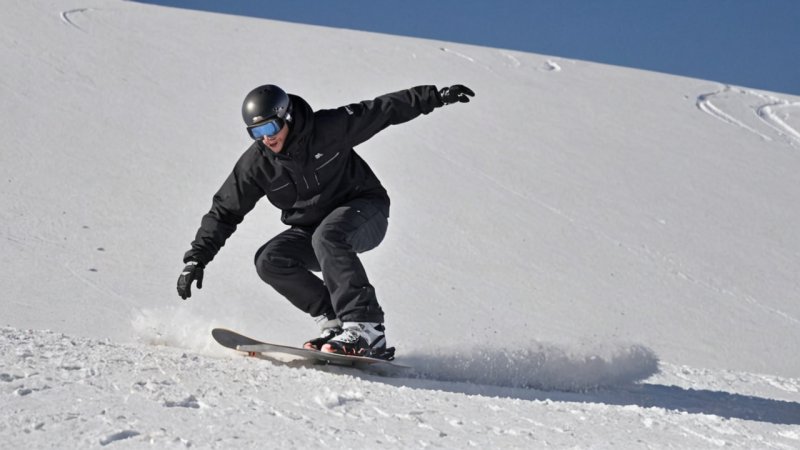Choosing the right snowboarding stance is crucial for enhancing your performance and comfort on the slopes. Whether you are a beginner or a seasoned rider, understanding your stance can greatly impact your snowboarding experience. Below are some frequently asked questions that will help you determine the best stance for your unique style.
What are the main types of snowboarding stances?
There are primarily three types of snowboarding stances: regular, goofy, and switch. A regular stance means your left foot is forward, while a goofy stance places your right foot forward. The switch stance involves riding in the opposite direction of your natural stance, which helps improve your overall balance and control.
How do I determine whether I am regular or goofy?
To find out your natural stance, you can try a simple test: have someone gently push you from behind. The foot you instinctively place forward to catch yourself will typically indicate your natural stance. Alternatively, you can try strapping into a snowboard and see which way feels more comfortable while riding.
What factors should I consider when choosing my stance width?
Stance width is a personal preference and can vary based on several factors, including your height, riding style, and comfort level. A wider stance often provides more stability and control, while a narrower stance can enhance maneuverability. Generally, a good starting point is to set your stance width to about shoulder-width apart and adjust from there based on your comfort.
How does my stance angle affect my performance?
Your stance angle refers to the degree to which your feet are angled on the board. Common angles are positive (toes pointed outward), negative (heels pointed outward), or a combination of both (duck stance). Positive angles can provide better control for beginners, while a duck stance is preferred by many freestyle riders for increased mobility and trick execution.
Can I change my stance as I improve my skills?
Absolutely! As you progress in your snowboarding skills, you may find that your initial stance is no longer comfortable or effective for your new riding style. It’s perfectly normal to adjust your stance width, angle, or even switch between regular and goofy as you experiment with different techniques and styles.
What stance should I use for different snowboarding styles?
Your snowboarding style can influence your stance choice. For example, if you prefer freestyle riding and executing tricks, you might want a duck stance for greater flexibility. If you’re into carving and downhill riding, a more angled stance may provide better edge control. Always consider your personal preference and comfort as the ultimate guide.
How can I test my stance on the slopes?
Once you've set your stance, hit the slopes and pay attention to how you feel while riding. Notice if you're able to maintain balance and control. If you feel awkward or unstable, consider making gradual adjustments to your stance width or angle until you find what works best for you.
What role does comfort play in choosing a stance?
Comfort is paramount when it comes to snowboarding. A stance that feels good will allow you to focus on your riding instead of discomfort. Remember that each rider is unique, and what works for someone else may not work for you. Take the time to experiment and find a stance that feels natural and comfortable.
In conclusion, selecting the right snowboarding stance is an essential step in enhancing your performance and enjoyment on the slopes. By understanding the different stances and testing what works best for you, you can optimize your riding experience. Happy snowboarding!






